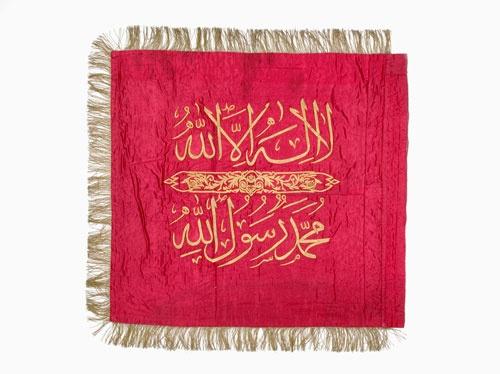Did you know that the enemy at Gallipoli wasn't the 'Turks'?
New Zealanders get cranky when our military contribution, particularly the war dead, are lumped in as ‘British’ or ‘Australian’ in overseas publications and museum exhibits. Yet we frequently use the term ‘Turkey’ or ‘Turks’ to describe the forces New Zealanders were fighting against at Gallipoli during the First World War.
The correct term for the enemy is in fact the Ottoman Empire, not Turkey or the Turks; though many New Zealanders (and others) at the time were not aware of the distinction. This wasn't helped by the common use and acceptance of the slang phrase 'Johnny Turk' as a nickname for our foe.
The Ottoman Empire, like the British Empire, was a multi-national empire with a multi-national army. There were almost as many Arab soldiers as Turkish ones in this army.
Generals Mustafa Kemal Atatürk and İsmet İnönü pictured before the Battle of Dumlupinar in August 1922. (Wikimedia commons)
The Ottoman Empire had an estimated population of 20-21 million people in 1914. Just under half are thought to be ethnic Turks/Turkomen. Some of the most significant non-Turkish ethnic groups within the empire included Muslim Arabs, Kurds, Circassians (both Muslim), Jews, Druze, Christian Arabs, Assyrians, Armenians and Greeks. All of these groups were liable for conscription into the Ottoman Army, although only Muslims could be officers under reforms introduced in the decade leading up to the First World War.
Arab soldiers were fighting and dying at Gallipoli from the first day of the conflict. An Arab infantry regiment was one of three infantry regiments that Mustafa Kemal Atatürk, a Turkish army officer in the Ottoman military, used to counterattack the ANZACs with on 25 April 1915. Arab soldiers were also found in almost all the other Ottoman divisions sent to fight on the Peninsula.
So, as well as being incorrect, it is arguably disrespectful to refer to the ‘Turkish Army’ or the ‘Turks’ in relation to Ottoman military operations and casualties because it effectively writes the Arabs, and their sacrifice, out of the history of the First World War altogether.
Some historians suggest that because contemporary British, Australian and New Zealand sources used ‘Turks’ (setting a precedent followed by local historians ever since) it’s too hard to try to and change our use of the terms now. But perhaps the First World War centenary is an opportunity to set the record straight?
What do you think? Should we change ‘Turkey’ or the ‘Turks’ to the ‘Ottoman Empire’ or the Ottoman military in our references to the enemy at Gallipoli? Or is tradition too hard to change, even for the centenary?
Acknowledgements: Information in this article was provided by Damien Fenton, author of New Zealand and the First World War 1914-1919 and edited for the web by Virginia Gow.
